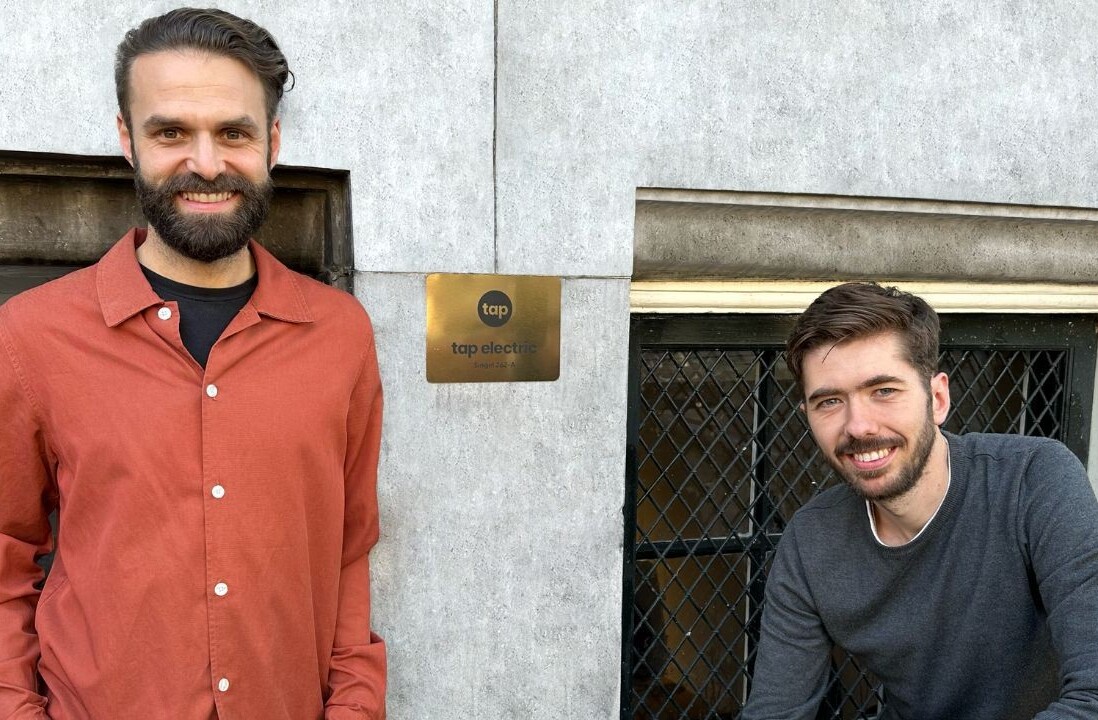
No one may fully understand quantum computing yet, but one thing is clear — the expectations are high. And where there are high expectations, there’s money.
Both private and public funding for European quantum technologies has grown notably over the last few years. In 2021, private funding to quantum startups increased by 2.5x compared to 2020, and by 8x compared to 2019. Public funding has grown as well, with the EU planning to invest $7.2 billion (€6.8 billion) in quantum computing projects by 2025.
Understandably, most of these billions already are or will be directed to building a successful quantum computer — hardware is currently the biggest bottleneck in the deployment of this technology. However, let’s not forget that hardware alone won’t be enough. Without suitable software, quantum computers will have no value.
Yet, quantum software gets undeservedly little attention and, thereby, funding.
A quantum “chicken or the egg” challenge
An obvious example that quantum software in Europe is being undervalued is the money distribution in the EU’s Quantum Technology Flagship program — the ambitious initiative to support Europe’s quantum innovations with a total of €1 billion in funding. The first phase of this initiative has concluded with €152 million invested. Of those, just €4.6 million — that’s a mere 2.9% — were directed to the research and development of quantum software.
When it comes to private investments, the situation is better, albeit similar. In 2021/2022, about 14.5% of equity investments into European quantum computing startups were directed to software solutions. And it seems that in 2023, this trend continues. Europe’s quantum computing startups that have raised noteworthy rounds this year — including Pasqal (€100 million), Quantum Motion (£42 million), Oxford lonics (£30 million) — are all hardware-focused.
In the tech world, such focus on the hardware is unusual — in any other field, software typically receives the largest share of investments due to easier scalability and greater profit opportunities. So why, when it comes to quantum tech, it’s the other way around?
The reason for this anomaly is this: both private investors and public funds see quantum computing as a hardware problem rather than a software problem. And to some extent, they’re right — building successful quantum hardware is indeed the most burning challenge. Well, right now. But in the big picture, it’s only one-third of the problem.
The three hurdles to jump
When it comes to quantum computing, there are three central problems we still need to solve.
The first and most obvious one is to build a quantum computer. There are currently no quantum computers used for more than experiments, so this is what the industry is mainly focused on — from the world’s tech giants, such as Google and IBM, to startups and academia.
The second challenge is to reduce errors in quantum computers, enabling them to perform longer computations. Better hardware will reduce errors, but is unlikely to be sufficient by itself. We must find ways to correct quantum computing errors at the software level.
And the third problem is to find more computing methods for quantum computers, that is, quantum software applications. Quantum computers will be useful for modeling physics and chemistry, but the extent of their usefulness for data processing — from machine learning to planning and scheduling — is less clear. If we could find a couple more methods to expand the scope of problems these computers can solve, that would bring fundamental progress.
Hence, two of the three central quantum computing problems are software-related. But how come this isn’t at all reflected in the distribution of funding? Given that we’re pouring all (okay, most) of the available money into hardware, how is anyone expecting to be able to use this new supercomputer without the “brain” that actually powers it?
It might not be a software problem today, but it will be tomorrow
A reasonable distribution of funding, to my opinion, would be 15-20% for quantum software and 80-85% for hardware.
Quite simply, hardware is the most expensive and complex part of this technology, so it’s rational to allocate the largest amount of funding to it to expedite development. And directing one fifth of the total funding to software would be sufficient to cover the R&D work on new quantum computing applications.
While the distribution of private investments doesn’t look that hopeless, the EU’s public funds are lightyears away from reaching this goal.
Look, the development of quantum software takes years. It took my colleagues and me between five and 10 years to develop quantum walks as a method for solving problems. I expect a similar timescale for new problem-solving methods of comparable or larger significance.
What concerns me is that if we continue neglecting quantum software, in just about 10 years, quantum computing will become a software problem — and a life-or-death one. There will be quantum computers with applications mainly in physics and chemistry. In other areas, they will still be mostly used for experimentation rather than for actual problem-solving.
In other words, Europe’s now spending billions on specialised computing devices that it might not know how to adapt to wider applications. And if we aren’t able to provide software that would expand the application of these devices, we risk losing interest in this technology and its further development altogether. The range of applications will simply be too small for the world to care.
Get the TNW newsletter
Get the most important tech news in your inbox each week.




